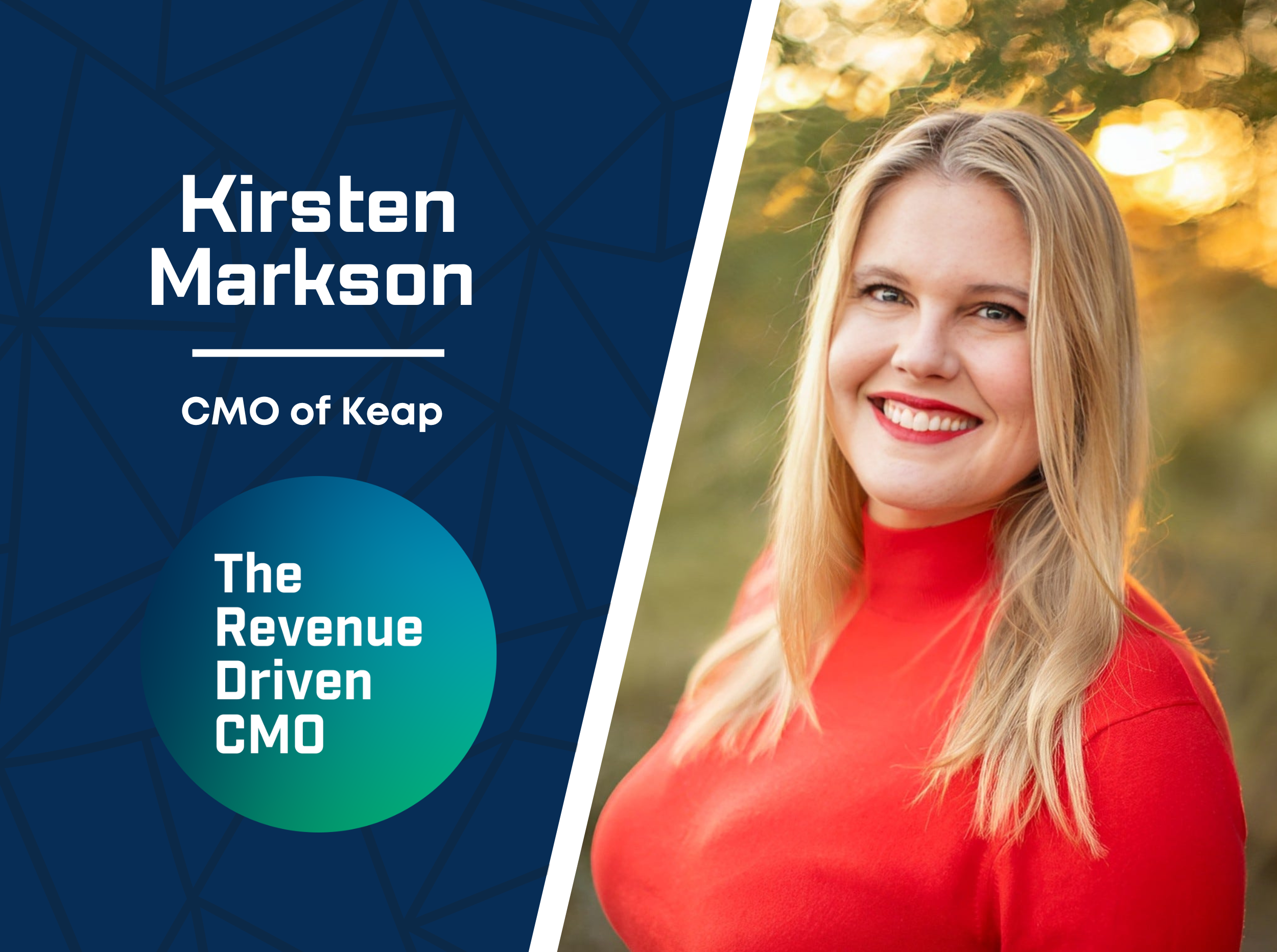
Write like an Egyptian: How to rank using SEO without backlinks
Backlinks are all the rage in SEO. But exactly how important are backlinks? Well, they’re often touted as one of the most important ranking factors to get your site to show up on search engines like Google and Bing. So you can imagine they’re a big deal.
Unfortunately, acquiring backlinks is a HUGE hassle. Every day, marketers send hundreds of carefully crafted emails pitching guest blog posts and helpful information in the hopes of getting backlinks, but all they get is stony silence.
But not to worry, friends, ‘cause I’m here to show you how you can leverage ancient Egyptian secrets (sort of) to get first-page rankings using SEO without backlinks.
And no, I’m not talking about hieroglyphics, here. I mean building your content like a pyramid!
What is a Link Pyramid?
A link pyramid, or content pyramid, is a content architecture, connected by nested URLs and internal links, for several pages written in the same topic area. This content “architecture” supports keyword rankings for competitive topics.
Just like the stones at the wide base of a pyramid support the magnificent capstone at the top, the low-level content of a link pyramid raises the primary content above it higher than that of the competition and skyrockets your site to the first page of Google.

Why does it make sense to create a Pyramid?
Content pyramids not only help search engines rank your content but also make it easier for visitors to navigate your website and find what they want. That means a content pyramid is good for both you and your sales.
Search engines love Content Pyramids & closely related content
Search engines want to show results that are useful and meaningful for users. Generally, a mountain of content is often more helpful and comprehensive than a single brick of content.
In other words, Google is more likely to rank a site with 10 pieces of content on “time management software” higher than a site with a single, good page on “time management software” when a user searches for “best time management software for my business.”
Search engines are becoming increasingly smart, but they still need help understanding the relationship between pieces of content. That’s why those internal links and URL structures are so important—they help the search engine categorize your content so it can “see” that you have a wealth of knowledge on a particular topic.
Your visitors love Content Pyramids
Digital marketers insist that “content is king” for a reason: your visitors crave information! The billions of people searching Google are looking for content that answers their questions and helps them solve their problems.
By building a content pyramid, you’re naturally producing more information and making it easier to find because of the way your individual pieces link to each other. With your internal links set up, users who land on one page in a pyramid are naturally going to browse related pages, digging deeper into the topic—or, in this case, ascending or descending your pyramid.
In turn, this means your users are spending more time on site and visiting more pages instead of bouncing. These are the telltale signs that Google uses as ranking factors to figure out whether users find your content valuable – rewarding you accordingly.
4 steps to build your Content Pyramid
Fortunately, you don’t have to haul massive stones in the searing heat to build a content pyramid. The simple four-step process goes like this (and don’t worry, there’s an example below, and I go into more detail later in this post):
- Create your Tier 1 page. This page is the top of your pyramid.
- Research subtopics within the topic of your Tier 1 page. These subtopics will form your Tier 2 pages.
- Research additional informational subtopics related to your Tier 1 and 2 pages. These are your Tier 3 pages.
- Set up internal tiered link building:
- Link from your Tier 1 page to your Tier 2 pages.
- Link from your Tier 2 pages to your Tier 1 and 3 pages.
- Link from your Tier 3 pages to your Tier 1 and 2 pages.
An SEO Pyramid example
Not convinced? Very well—I’ll build a content pyramid right before your very eyes.
Tier 1
Let’s say we have a company that sells time management software. One of the best keywords we could probably rank for is none other than “time management software.” If you could rank on the first page for that query, you’d be in good shape.
So, we write up that first page about time management software (and cleverly mention our product, of course). While writing the page and optimizing it for our search keywords, we discover that there are quite a few subtopics we could cover in our blog to match more specific user queries.
Tier 2
Based on these subtopics, we create Tier 2 pages on:
- Business time management software
- Personal time management software
- Time management tools for students
- Time management tools
- Employee time tracking software
As you can see, these terms still relate to time management services and products, but they are longer and more specific. Naturally, they should have less competition than our Tier 1 keyword.
When we publish these Tier 2 pages, we’ll be sure to nest their URLs under our Tier 1 URL like this: www.example.com/time-management-software/business.
Tier 3
During this process, we also identified a variety of more informational content that would be great for our blog. These topics form the foundation of our Tier 3 pages:
- Harvest vs. Toggl
- Time management tips
- Best time tracking software
- Time management assessment
- Can time management be learned?
- Can time management reduce stress?
- Time management and prioritization
- Free business time management software
- Personal time management software for college students
Setting up internal links
As we publish this content, we make sure to follow the linking strategy outlined in step 4 of the process.
We use Tier 2 link building to place tasteful links in the body of our Tier 2 pages to our main “time management software” page, where visitors can learn more about our product. We also place enticing links to our Tier 3 content to both stoke visitors’ curiosity and show them that we are experts in this field. Of course, we also make sure that links are added correctly to our Tier 1 and 3 pages.
What we end up with looks like this:

SEO does take time to produce results, so we monitor our rankings to see whether we’re making progress. If we are, we give ourselves a nice pat on the back and recline in our thrones like pharaohs. If not, we explore additional content within this niche that we can write about.
Can I really rank using SEO without backlinks?

Even though our clients have had wild success ranking without backlinks with our content generation strategy, I’ll admit that if I could get high-quality backlinks by snapping my fingers, I’d take ‘em. But let’s be real here: when was the last time you asked for a backlink to a service or product page and heard, “Sure thing, just let me know what anchor text you want”?
Sure, there are a handful of instances in which this can actually happen (without buying backlinks or getting them from the world’s spammiest site), but generally speaking, your odds are zero to none. What does occasionally happen is that people link to you because you have an informative post that they love and that does little in the way of overtly promoting your products.
People are approximately 10,000,000% likelier to link to this kind of content—even if you don’t ask. While the content pyramid strategy does not focus on generating backlinks, a magical thing tends to happen when you write informative, high-quality content in the volume you need for constructing a pyramid: people notice and link to it.
Getting a backlink to any old, random blog post will slightly raise your chances of ranking for your Tier 1 keywords because it raises your site’s overall authority. However, because of the URL and internal linking structure established in a pyramid, a backlink to a Tier 3 page is going to have a much greater impact on your Tier 1 page’s ranking because it links up to the top of your pyramid.
Not sure you’re ready to build your pyramid?
If you’re wondering about how to increase search engine traffic, the pyramid is a tried-and-true way. I may have convinced you that you can get results with SEO without backlinks, but maybe you’re still not sure where to start, or you’re having trouble coming up with the right structure, keywords, or topics.
In that case, feel free to leave a comment or reach out via our contact form, and I’ll be happy to talk it out with you! I don’t want anyone to dread trying to improve their rankings.Instead, I want to spread the news about the highly effective content pyramid.
I hope you sleep like a mummy tonight and dream the dream of Egyptian kings knowing that you don’t need a ton of backlinks to rank on the first page of Google.
What has your experience been so far with internal linking and trying to get backlinks to rank?
Read about the 9 ways to master online reputation management
View all posts filed under “SEO”
Most newsletters suck...
So while we technically have to call this a daily newsletter so people know what it is, it's anything but.
You won't find any 'industry standards' or 'guru best practices' here - only the real stuff that actually moves the needle.







